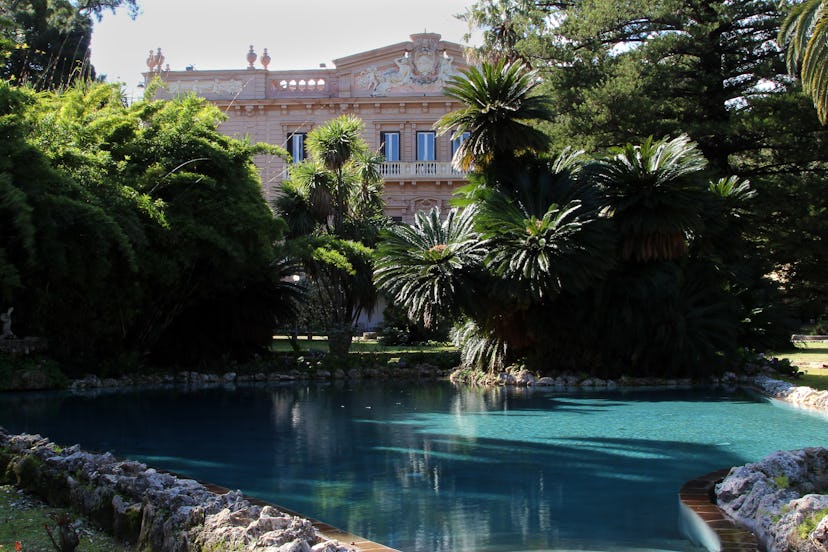The Insider’s Guide to Palermo, Sicily’s Capital of Culture and Hidden Architectural Gems

Just a few years ago, you might have been forgiven for thinking that Palermo’s main attraction was its collection of Mafia hot spots. Sure, the city’s tangled history with Godfather-esque organized crime dons will continue to lure its fair share of tourists to the capital of Sicily. But nowadays, Italy’s fifth-largest city is drawing an increasingly cosmopolitan crowd eager to explore not just its 2,700-year-old cultural heritage but also its newfound verve. Palermo was in fact named the Italian Capital of Culture for 2018, and is currently playing host to Manifesta, the roving European art biennial that changes location every two years. With 50 artists participating, the event has been an ideal showcase for Palermo’s recently refurbished architectural treasures, like the 18th-century Palazzo Butera, which is being reopened as a museum; the Teatro Garibaldi, where Wim Wenders shot parts of his 2008 film Palermo Shooting; and the Oratorio di San Lorenzo, famous for its Caravaggio altarpiece.
Palermo had another big moment in the spotlight last year, when Dolce & Gabbana hosted its Alta Moda and jewelry extravaganza in some of the Sicilian capital’s most iconic locales, such as Palazzo Gangi, where the famous ballroom scene of Luchino Visconti’s 1963 classic film The Leopard was filmed. (One of the most memorable gowns in the collection paid tribute to the ballroom’s famous tiled leopard floor.)
“That was an amazing chance for us to really show how much the city has evolved,” said Giusi Macchiarella, who helped organize the festivities. A native Palermitan, Macchiarella is the owner of Just Sicily, a bespoke travel agency, and has witnessed the city’s evolution firsthand, including the reclaiming of the derelict old town, now teeming with chic restaurants and bars. Aside from arranging virtually any kind of tour of the city one can imagine, Macchiarella can also unlock Palermo’s most private addresses for select travelers to rent, residences like the Palazzo Gangi or the Villa Tasca, a 16th-century home surrounded by 20 acres of lush gardens.
This cultural revival has benefitted not just Palermo but all of western Sicily. It was telling that, as the opening weekend of Manifesta began to wind down, collectors and curators were in no hurry to rush off to the next art-world destination. Instead, they meandered to Mondello, a quaint beach town just 15 minutes away; to ancient ruins at the Temples of Selinunte; or to chic winery-hotels like Planeta, just an hour away. There were no mafia tours on the agenda.
Here, a rundown of the best of the old Palermo made new.
To Stay
The Villa Igiea, a grandly restored 19th-century pile by the sea, is Palermo’s best hotel, and has an excellent restaurant to boot. The one drawback: It’s a taxi ride away from downtown Palermo. To be in the heart of the action, opt instead for the Grand Hotel et Des Palmes.
To Eat
Don’t miss out on the delicious street food, including the local arancini and granita. Stop by the Caffè Internazionale for an aperitivo before going on to sample the flatbreads at Antica Focacceria San Francesco. For dinner, there is Trattoria Corona, where locals go for fresh fish. And for the Sicilian classics, go to Osteria dei Vespri or Osteria Ballaro.
To See
Baroque churches, historical buildings in varying states of refurbishment, theaters, the archaeological museum, the nearby town of Monreale and its awe-inspiring cathedral, the Palazzo Branchiforte, restored by Gae Aulenti and packed with ceramics and sculptures… the list is frankly endless. At night, there are plenty of bars and cafés to explore all along the waterfront and in the centro storico.
Related: Forget the Amalfi Coast: Sicily Is the Italy Beach Destination of the Moment